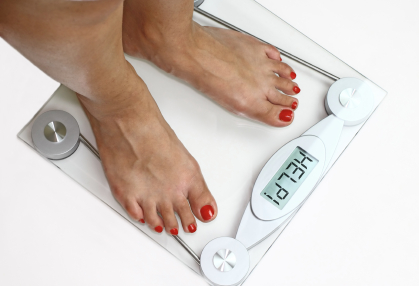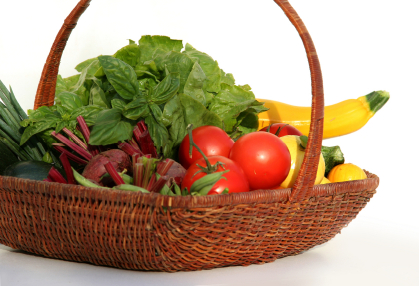Have you been exercising regularly without seeing much weight loss? If so, you may need to make some simple adjustments to your eating plan.
Five hours a week for 12 weeks and only 1.5 lbs lost!
A recent study at the University of Texas has shown that exercise alone without adjustments to diet produces minimal weight loss. The University studied two sedentary control groups. One group of 50 people made no changes to their diet or activity levels at all and were monitored for 12 weeks.
The second group of 50 people exercised with a personal trainer up to five hours per week for a total of 12 weeks and made no changes to their weekly diet. This group lost a mere 1.5 lbs in 12 weeks. I know what you’re thinking, not that impressive.
Please understand, this DOES NOT mean you should quit exercising. Quite the opposite! The study reveals that exercise alone makes it hard to lose weight. The trick to losing weight permanently is a combination of a healthy eating plan AND regular exercise.
Five Simple Diet Changes to Boost Weight Loss
1) Plan your meals. Meal planning helps you plan out your caloric intake for the day. For tips on how to meal plan, see Meal Planning Helps You Lose Weight.
2) Snack wisely. A small serving of chips is about 150 calories on average. But, did you know you can eat four cups of popcorn for only 60 calories? Popcorn is way more filling, and will keep you satisfied longer. Not crazy about popcorn? Eat a piece of fruit.
3) Limit the fast food! I realize this may be obvious to some. However, with 25% of our nation eating fast food daily, I do not like to ignore this one. Most of us picture a drive through window when we think of fast food. However fast food can be healthy take out as well. When you let someone else cook the meal, you have zero control over the calories.
Find out how many calories are in your favorite take out and decide if it meets your weight loss goals. If not, look for lower calorie take out options. Or, have some healthy frozen food on hand and combine it with a fresh salad for a last minute dinner option.
4) Watch the sweets! There are 196 calories in a large chocolate chip cookie. Switch to a piece of dark chocolate (60 calories), a small cookie (49 calories), or a small serving of sorbet (110 calories).
5) Eat Breakfast! This important meal jump starts your metabolism. Once you are awake the body has already been fasting for an average of 10-12 hours depending on eating and sleeping patterns.
Skipping breakfast increases the fast to approximately 15-20 hours. This keeps the body from producing the enzymes needed to metabolize fat to lose weight. When you skip breakfast, you risk sabotaging your weight loss efforts.
Not hungry in the morning? Start with something simple like a piece of a fruit, and have the rest of your breakfast as a mid-morning snack.
A low calorie, high volume eating plan is critical for weight loss. When you combine exercise with the right nutrition, it will be easy to lose weight and keep it off for good.
Any questions? Please ask me in the comment section below. I’m happy to help!
Blessings!
Jennifer



